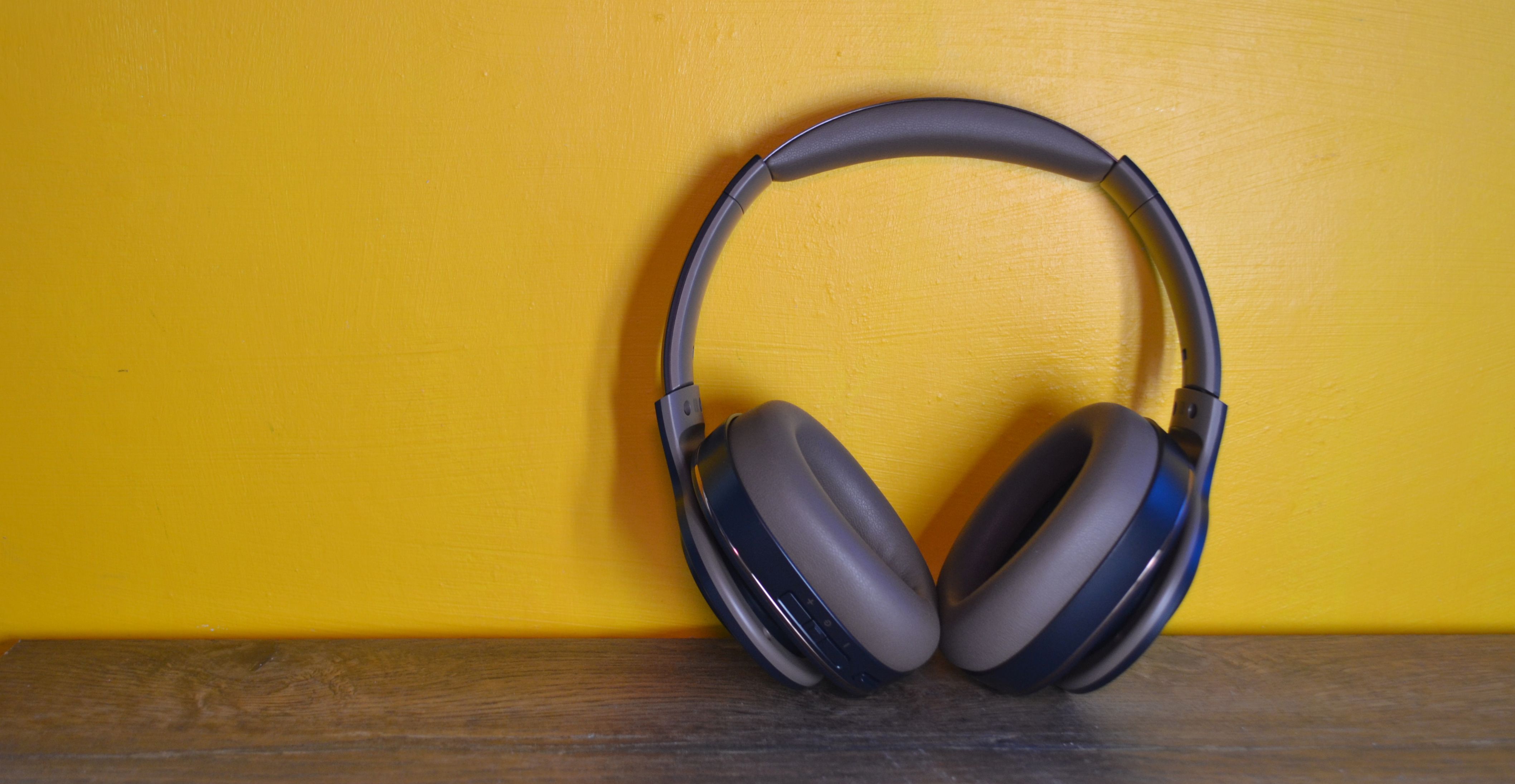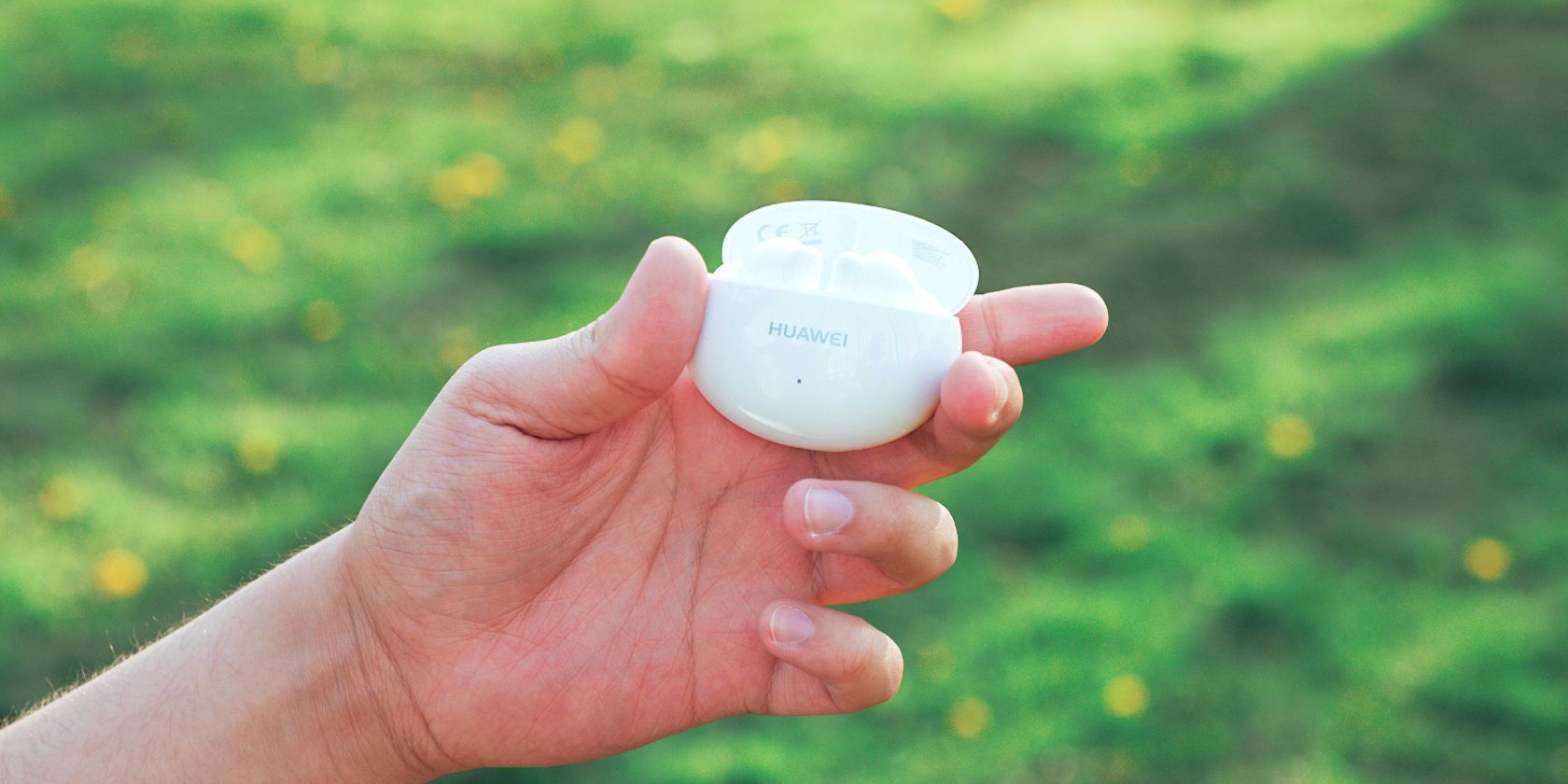The best headphones immerse you in the music or film you're watching, cutting your senses from the outside world and embedding you in the moment.
At least, that's how it should be. However, if your headphones allow external audio to leach into your listening experience, it's probably time to upgrade to headphones or earbuds with active noise cancellation (ANC).
ANC promises to block all external sound and deliver a better audio experience. But what is active noise cancellation, and how does active noise cancellation tech work?
What Is Active Noise Cancellation (ANC)?
Active Noise Cancellation blocks the outside world from your headphones, allowing you to listen to music, podcasts, or films without disturbance.
A few different ANC technologies exist, but the general gist is that your headphones or earbuds listen to the external world for incoming sounds. When the ANC tech detects an incoming sound, a minute noise-cancellation speaker emits the same tone (but inverted) to neutralize the sound effectively.
The sound your ANC earbuds or headphones emits is silent. You won't hear it. But it does have the effect of perfectly balancing the incoming noise, canceling the sound, and maintaining your concentration or immersion.
Despite ANC being all the rage in headphones and earbuds, it isn't entirely new technology. ANC was first demonstrated back in the 1950s before it was properly implemented in headsets for pilots. Bose launched the first consumer ANC headset in 2000, the QuietComfort (also known as QC1), and the rest, as they say, is history.
ANC vs. Noise Isolation
Okay, so while noise isolation sounds similar to active noise cancellation, they're not the same. Of course, some headphone or earbud manufactures might try and pull the fast one by advertising noise isolation instead of ANC, but they mean different things.
Noise isolation is the term used to describe the absence of external sound. Some headphones and earbuds are developed and manufactured with noise isolation in mind, using close-fitting earcups or premium ear tips that mold to the shape of your ear canal. Noise isolation doesn't require any power and doesn't use any batteries, but to isolate noise successfully, typically requires good quality hardware.
Conversely, active noise cancellation technology is a powered feature. When you use wireless earbuds or headphones with ANC, the battery will drain faster. Depending on the tech, you might lose an hour or two of battery life with ANC-enabled. Unlike noise isolation, your ANC earbuds and headphones don't necessarily require an excellent fit to work with accuracy (but a good fit can make the overall experience more enjoyable).
How Does Active Noise Cancellation Work?
In your headphones or earbuds is an ANC chip connected to two or more microphones. The microphones listen to the outside world. How the ANC microphones work and respond varies and depends on several variables, including the number of ANC microphones and the chipset the audio equipment uses.
There are three common ANC systems you're likely to encounter.
Feedforward ANC
Small microphones on the exterior of the headphone or earbud pass audio to the ANC chip for processing. The microphone will usually pick up the sound before the listener and, due to its external location, has a moment or two extra to respond to the noise accurately.
On the flipside, feedforward ANC systems usually operate on a narrower frequency and often have no method for self-correcting as they cannot analyze the noise-canceling frequency it creates.
Feedback ANC
The headphones have internal microphones which pass audio to the ANC chip for processing. Feedback ANC can hear what a person hears specifically, allowing it to adapt and analyze incoming and outgoing audio.
Some feedback ANC chipsets may struggle with certain frequencies. Furthermore, due to the proximity to the user's audio output (such as the music you're playing or the film you're watching), feedback ANC must also filter out any noise ingress lest the ANC actually block frequencies you want to hear.
Hybrid ANC
As you might guess from the name, hybrid ANC combines the best of both worlds into a single ANC package. Hybrid ANC combines feedforward and feedback microphones to cover all the bases, ensuring that you receive even noise-canceling frequency coverage and that your personal audio doesn't trigger the ANC.
As hybrid ANC comes equipped with multiple microphones in several locations, audio hardware with hybrid ANC might offer additional noise-canceling options, such as passive ANC or the option to allow voices to pass through in what is know as Transparency Mode.
Noise Cancellation Types
Leading on from hybrid ANC, there are several ANC types with various settings that you can use in different situations.
- Adaptive Active Noise Cancellation: The ANC automatically adjusts to your surroundings, be that a noisy train journey or busy street, and can also account for the tightness of the earbud fit or earcup seal around the ear.
- Adjustable Active Noise Cancellation: Adjustable ANC allows you to set a manual level of noise cancellation specific to your surroundings.
- Transparency Mode: ANC transparency mode allows audio passthrough. For example, you enter a shop and don't want to take your earbuds or headphones off. Transparency mode allows you to hear what's going on in your local area without switching off your music. Some manufacturers have stepped this up and now incorporate a specific vocal passthrough mode designed to pick out and isolate voices.
Should You Buy Active Noise Cancelling Headphones?
A lot of headphone and earbud manufacturers include active noise-cancelling tech. Figuring out whether you need or want ANC is another question. It isn't a massively difficult decision. If you frequently find yourself in situations where more isolation would deliver a better listening experience, then ANC is right for you.
In recent years, many more budget ANC options have appeared on the market. So, where once a good set of ANC headphones or earbuds might set you back hundreds of dollars, now you can pick up an excellent pair of budget ANC cans or buds for a fraction of the price.




